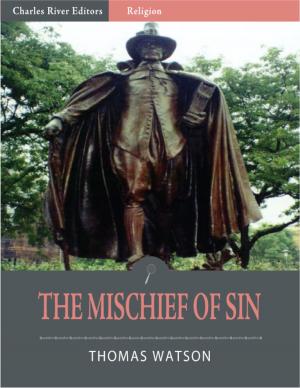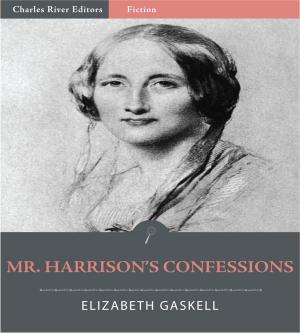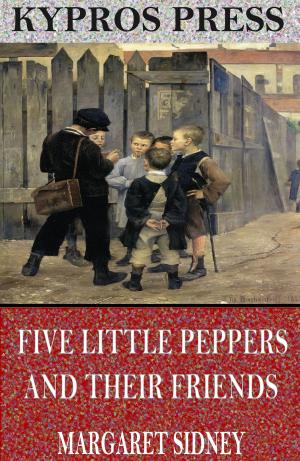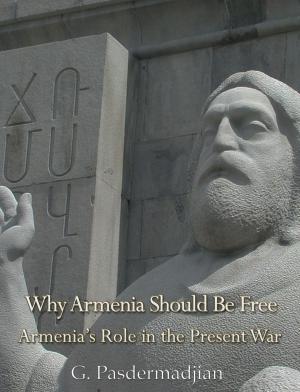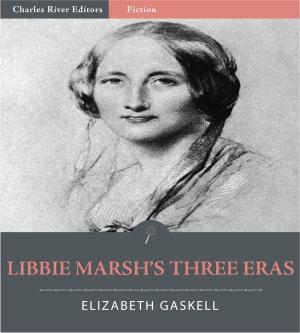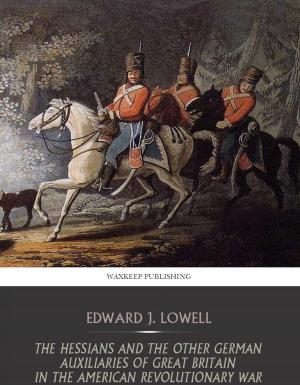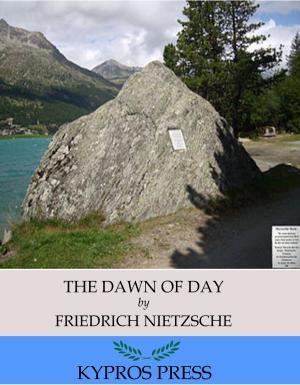The Greatest Revolutionary War Battles: The Siege of Yorktown
Nonfiction, History, Americas, United States, Revolutionary Period (1775-1800)| Author: | Charles River Editors | ISBN: | 9781475324273 |
| Publisher: | Charles River Editors | Publication: | June 7, 2013 |
| Imprint: | Language: | English |
| Author: | Charles River Editors |
| ISBN: | 9781475324273 |
| Publisher: | Charles River Editors |
| Publication: | June 7, 2013 |
| Imprint: | |
| Language: | English |
*Includes historic art depicting the siege of Yorktown and important people and events. *Includes the final surrender document. *Includes an account of the siege by American soldier Ebenezer Deezy*Includes a Bibliography for further reading.*Includes a Table of Contents. Yorktown was a former tobacco trading post now in decline, not much bigger than a large village. But Yorktown was tucked away on the northern edge of the York peninsula in rural Virginia, and in 1781 it became the site of a brief siege between two small armies, fought with all the decorum and formality of 18th century European warfare. About 5,000 British and Germans faced perhaps 18,000 Americans and French. After only three weeks the smaller garrison surrendered, tired and low on ammunition. Casualties for both sides totaled less than 1,000 dead and wounded. By contrast, at the siege of Stalingrad 161 years later, 107,000 Germans surrendered to 1.2 million Russians after five months of desperate fighting. At least a million died. At Waterloo in 1815, 190,000 troops slugged it out, leaving 14,000 dead in 10 hours. Another siege would take place at Yorktown during the Civil War 81 years after the more famous siege. Yorktown does not rank as a major military engagement by the conventional criteria of size, duration or casualties, but this small scale encounter was one of the most decisive battles in military history. The fact that it was the last major battle of the American Revolution has ensured that every Briton and American has heard of it. Yorktowns importance has led to a legacy full of legends, but as a campaign and siege, the history of the fighting at Yorktown is a fascinating story. Trapped at Yorktown by a combination of brilliant Allied generalship and a measure of bad luck, the British might still have hoped for rescue. They faced a mixed force, many of whom were ill-trained and ill equipped militia, while the British Army was then regarded as the most tactically proficient in the world. Lord Charles Cornwallis, their commander, had beaten a much larger American force that same spring, with his crack redcoats striding through the woods to eject Nathaniel Greenes well-positioned army from Guildford Courthouse. As he made his dispositions at Yorktown in September 1781, he had every reason to expect another British success. The ensuing siege panned out rather differently. On October 19, 1781, for just the second time during the war (the other at Saratoga), an entire British field army surrendered to the rebel patriots. The Greatest Revolutionary War Battles: The Siege of Yorktown comprehensively covers the events that led up to the siege, the fighting itself, and the aftermath of the Revolutions last major conflict. Along with maps and pictures of important people, places, and events, you will learn about Yorktown like you never have before, in no time at all.
*Includes historic art depicting the siege of Yorktown and important people and events. *Includes the final surrender document. *Includes an account of the siege by American soldier Ebenezer Deezy*Includes a Bibliography for further reading.*Includes a Table of Contents. Yorktown was a former tobacco trading post now in decline, not much bigger than a large village. But Yorktown was tucked away on the northern edge of the York peninsula in rural Virginia, and in 1781 it became the site of a brief siege between two small armies, fought with all the decorum and formality of 18th century European warfare. About 5,000 British and Germans faced perhaps 18,000 Americans and French. After only three weeks the smaller garrison surrendered, tired and low on ammunition. Casualties for both sides totaled less than 1,000 dead and wounded. By contrast, at the siege of Stalingrad 161 years later, 107,000 Germans surrendered to 1.2 million Russians after five months of desperate fighting. At least a million died. At Waterloo in 1815, 190,000 troops slugged it out, leaving 14,000 dead in 10 hours. Another siege would take place at Yorktown during the Civil War 81 years after the more famous siege. Yorktown does not rank as a major military engagement by the conventional criteria of size, duration or casualties, but this small scale encounter was one of the most decisive battles in military history. The fact that it was the last major battle of the American Revolution has ensured that every Briton and American has heard of it. Yorktowns importance has led to a legacy full of legends, but as a campaign and siege, the history of the fighting at Yorktown is a fascinating story. Trapped at Yorktown by a combination of brilliant Allied generalship and a measure of bad luck, the British might still have hoped for rescue. They faced a mixed force, many of whom were ill-trained and ill equipped militia, while the British Army was then regarded as the most tactically proficient in the world. Lord Charles Cornwallis, their commander, had beaten a much larger American force that same spring, with his crack redcoats striding through the woods to eject Nathaniel Greenes well-positioned army from Guildford Courthouse. As he made his dispositions at Yorktown in September 1781, he had every reason to expect another British success. The ensuing siege panned out rather differently. On October 19, 1781, for just the second time during the war (the other at Saratoga), an entire British field army surrendered to the rebel patriots. The Greatest Revolutionary War Battles: The Siege of Yorktown comprehensively covers the events that led up to the siege, the fighting itself, and the aftermath of the Revolutions last major conflict. Along with maps and pictures of important people, places, and events, you will learn about Yorktown like you never have before, in no time at all.


